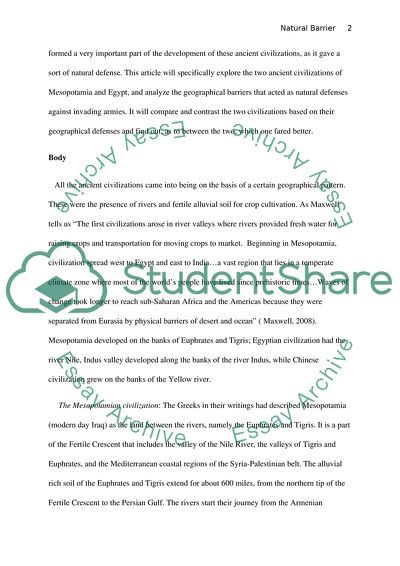Cite this document
(Geography as a Natural Barrier to Invasion: Egypt vs Mesopotamia Report, n.d.)
Geography as a Natural Barrier to Invasion: Egypt vs Mesopotamia Report. https://studentshare.org/history/1734233-geography-as-a-natural-barrier-to-invasion-egypt-versus-mesopotamia
Geography as a Natural Barrier to Invasion: Egypt vs Mesopotamia Report. https://studentshare.org/history/1734233-geography-as-a-natural-barrier-to-invasion-egypt-versus-mesopotamia
(Geography As a Natural Barrier to Invasion: Egypt Vs Mesopotamia Report)
Geography As a Natural Barrier to Invasion: Egypt Vs Mesopotamia Report. https://studentshare.org/history/1734233-geography-as-a-natural-barrier-to-invasion-egypt-versus-mesopotamia.
Geography As a Natural Barrier to Invasion: Egypt Vs Mesopotamia Report. https://studentshare.org/history/1734233-geography-as-a-natural-barrier-to-invasion-egypt-versus-mesopotamia.
“Geography As a Natural Barrier to Invasion: Egypt Vs Mesopotamia Report”. https://studentshare.org/history/1734233-geography-as-a-natural-barrier-to-invasion-egypt-versus-mesopotamia.


